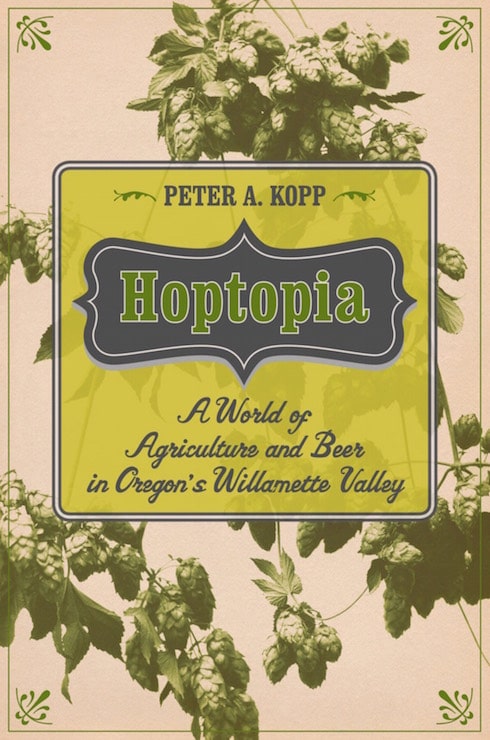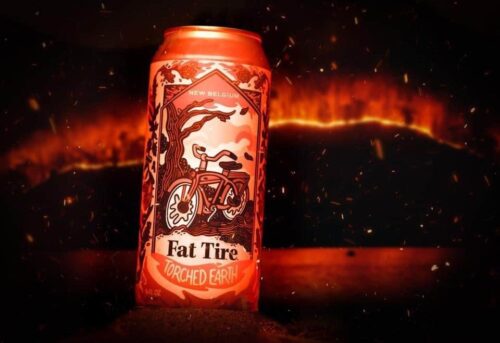
The backstory on hops coming from Oregon is on partial display in Hoptopia by Peter Kopp traces hops from their start in Oregon up to the craft beer boom.
As happens with many beer books, the story just grinds to a halt once you hit Y2K. There is a bit of an epilogue but it seems that a general wrap up with a nod towards the future could be beefed up.
I wouldn’t even worry if the preceding chapters were not so interesting. You learn how the hop plant made it to Oregon. Spoiler – It wasn’t growing here before. You learn of the hop barons. There are tidbits of how Oregon hops made their way into Guinness beers and then, to me, most fascinating is the long and slow slog to start hop breeding and how one person, really set the wheels in motion for developing new varietals.
You will want to look up the name Dr. Alfred Haunold. Then thank him the next time you are drinking an IPA.
You get not only agriculture but business, people, labor force news a whole cornucopia of not just the hop cone but all the surrounding factors that go into growing and harvesting.
I was dog-earing pages left and right as I furiously flipped through this book on my Kindle. I just wish it had been longer.








